Case 5
- History and exploration
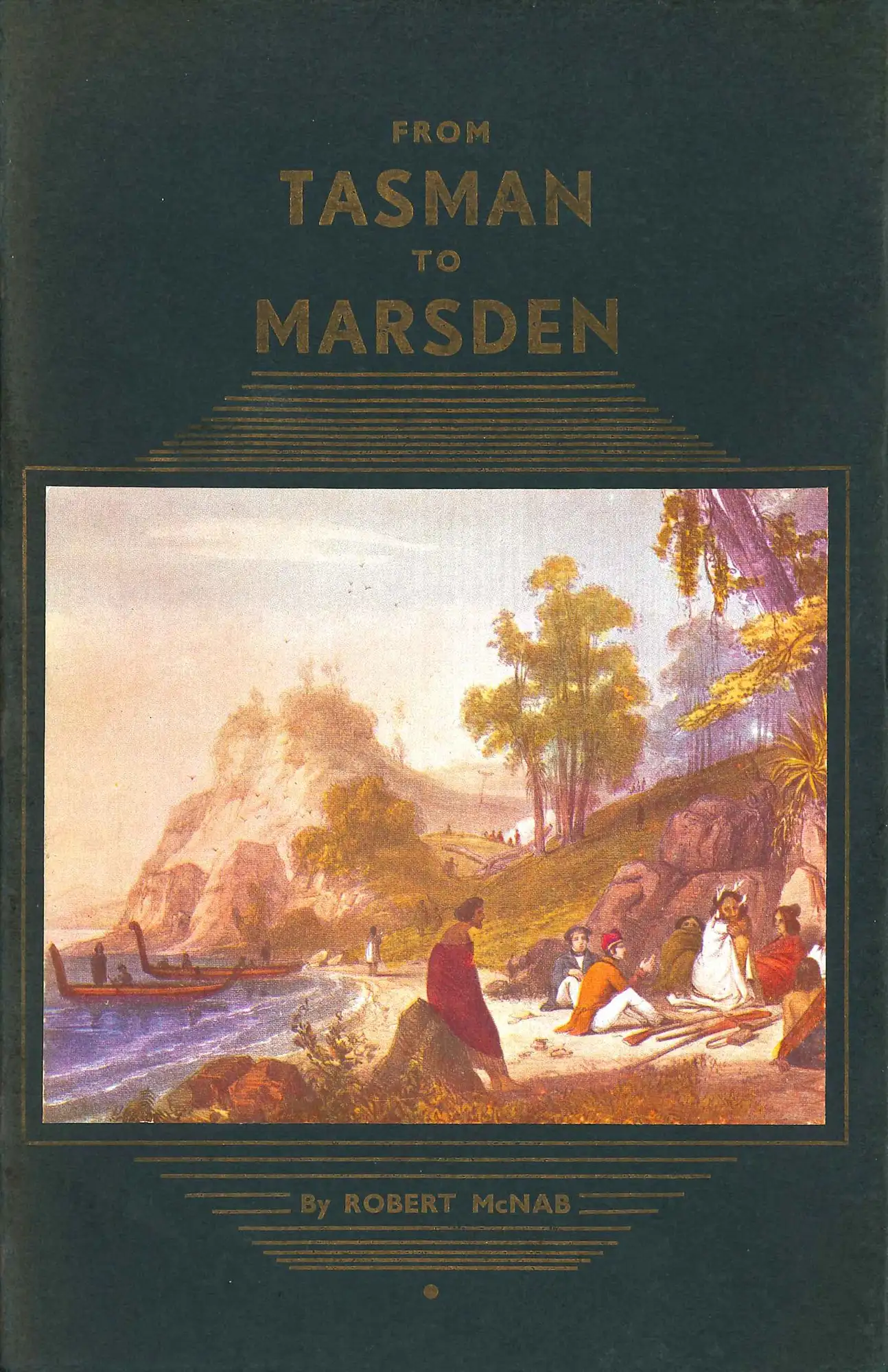
Robert McNab. From Tasman to Marsden: a history of northern New Zealand from 1642 to 1818. Dunedin: J. Wilkie, 1914.
This copy of Robert McNab’s history of northern New Zealand, published by J. Wilkie of Dunedin in 1914, has a simple dust jacket of coarse green card with a colour plate affixed to the front cover. A second, plainer dust jacket is known to exist, with title and author simply printed on thin white paper.

Robert McNab. From Tasman to Marsden: a history of northern New Zealand from 1642 to 1818. Dunedin: J. Wilkie, 1914.
Open image in new window
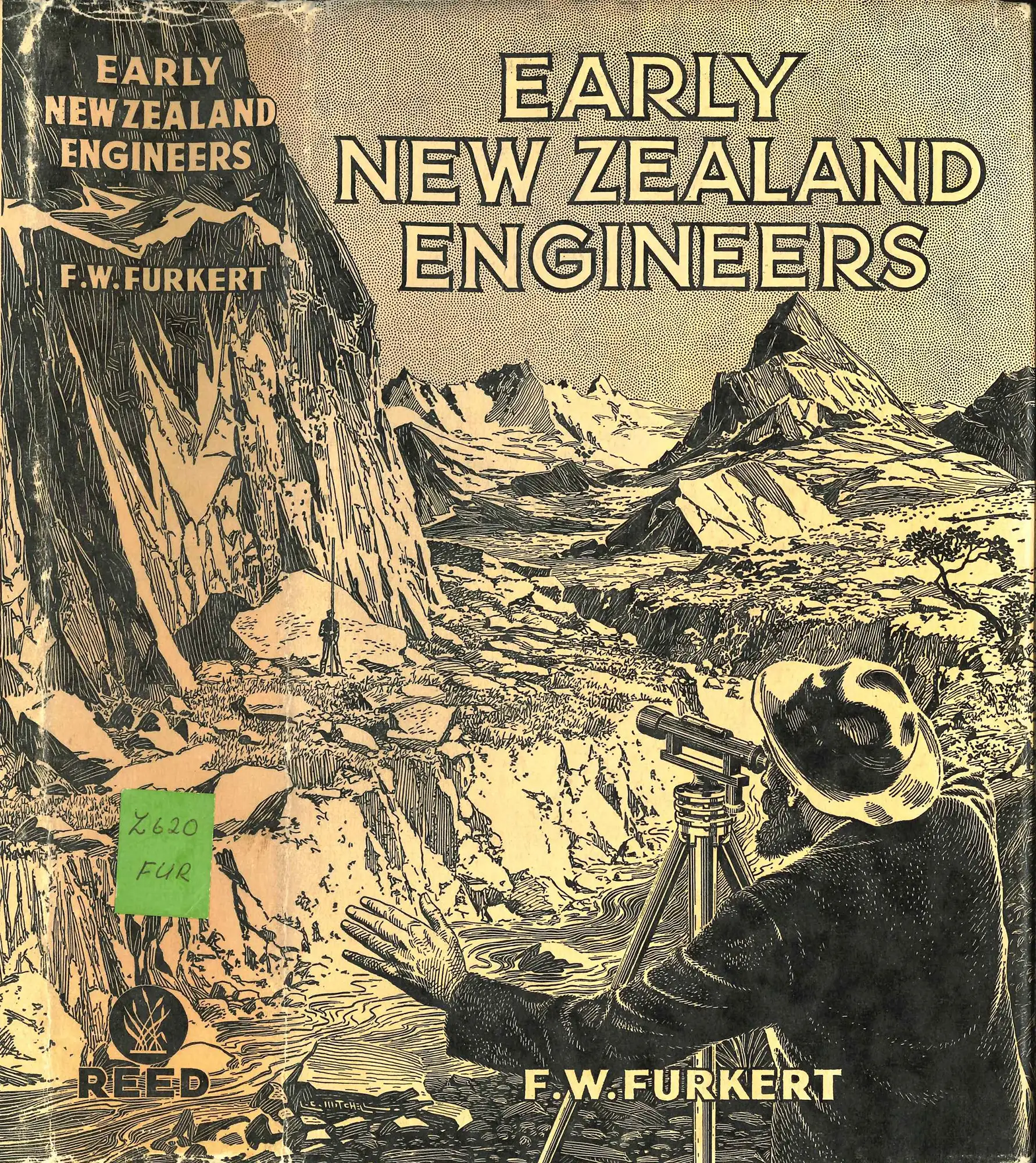
F.W. Furkert. Early New Zealand Engineers. Wellington: Reed, 1953.
Frederick William Furkert (1876-1949) was a prominent Westland-born engineer who in his later years set about completing a history, largely biographical, of pioneer engineering in New Zealand’s early days.
The jacket design is by Leonard C. Mitchell (1901-1971), best known for his work as a stamp designer for the Post Office from 1931 until about 1970. He was also a designer of posters, as well as journal and book covers, including that of Early New Zealand Engineers. This jacket illustration, featuring an intrepid surveyor, is a detailed black and white engraving reminiscent of Mitchell’s stamp work.
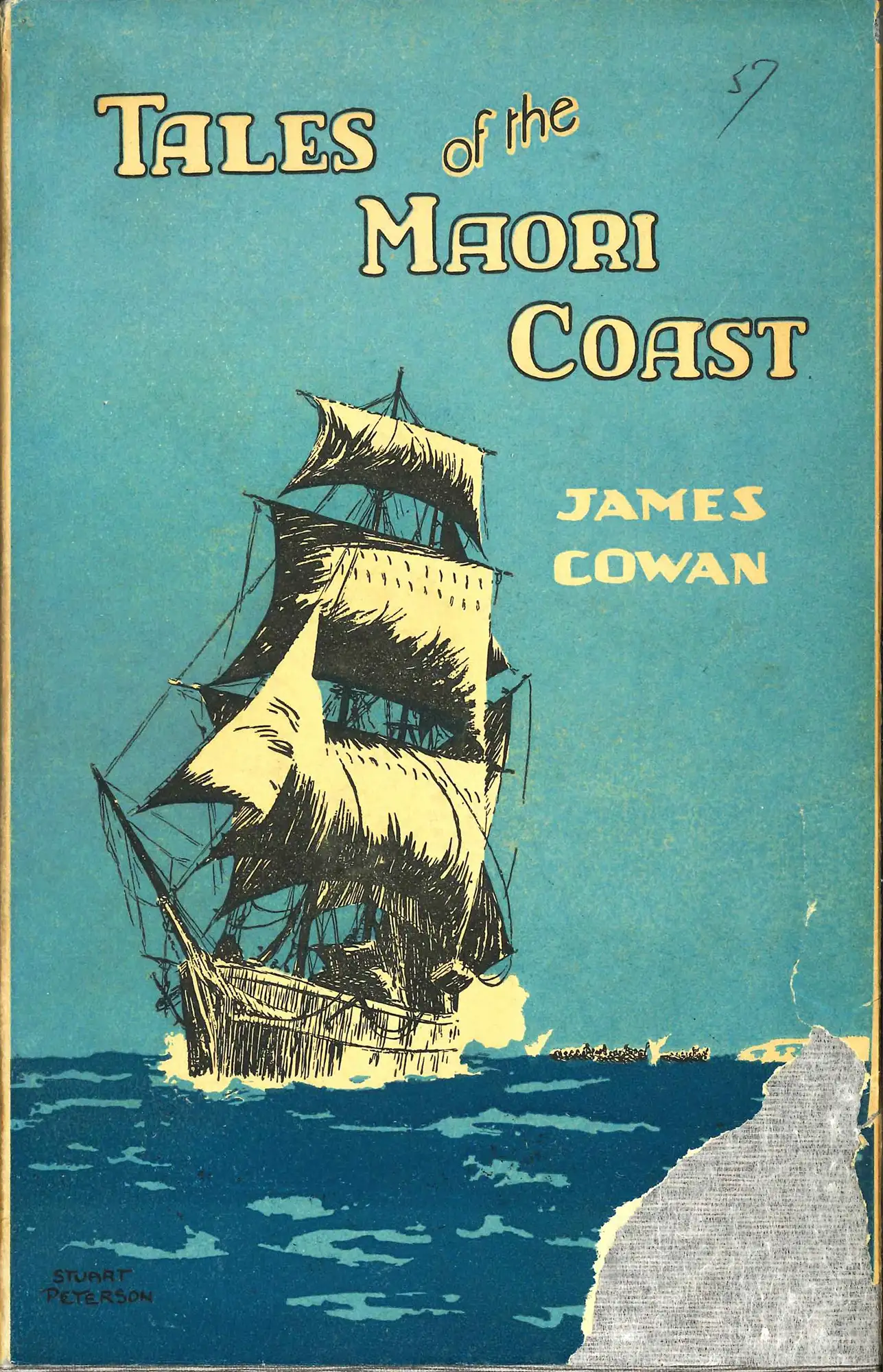
James Cowan. Tales of the Māori coast. Wellington: Fine Arts (N.Z.) Ltd., 1930.
James Cowan (1870-1943) was one of New Zealand’s most widely read authors in the first 40 years of the 20th century. He wrote more than 30 books, chiefly about New Zealand’s ancient and recent past, its scenic attractions and resources. He was a fluent speaker of Māori.
This first edition published by Fine Arts of Wellington includes a rudimentary dust jacket with cover illustration by Stuart Peterson, illustrator of Sir Māui Pōmare’s Legends of the Māori.
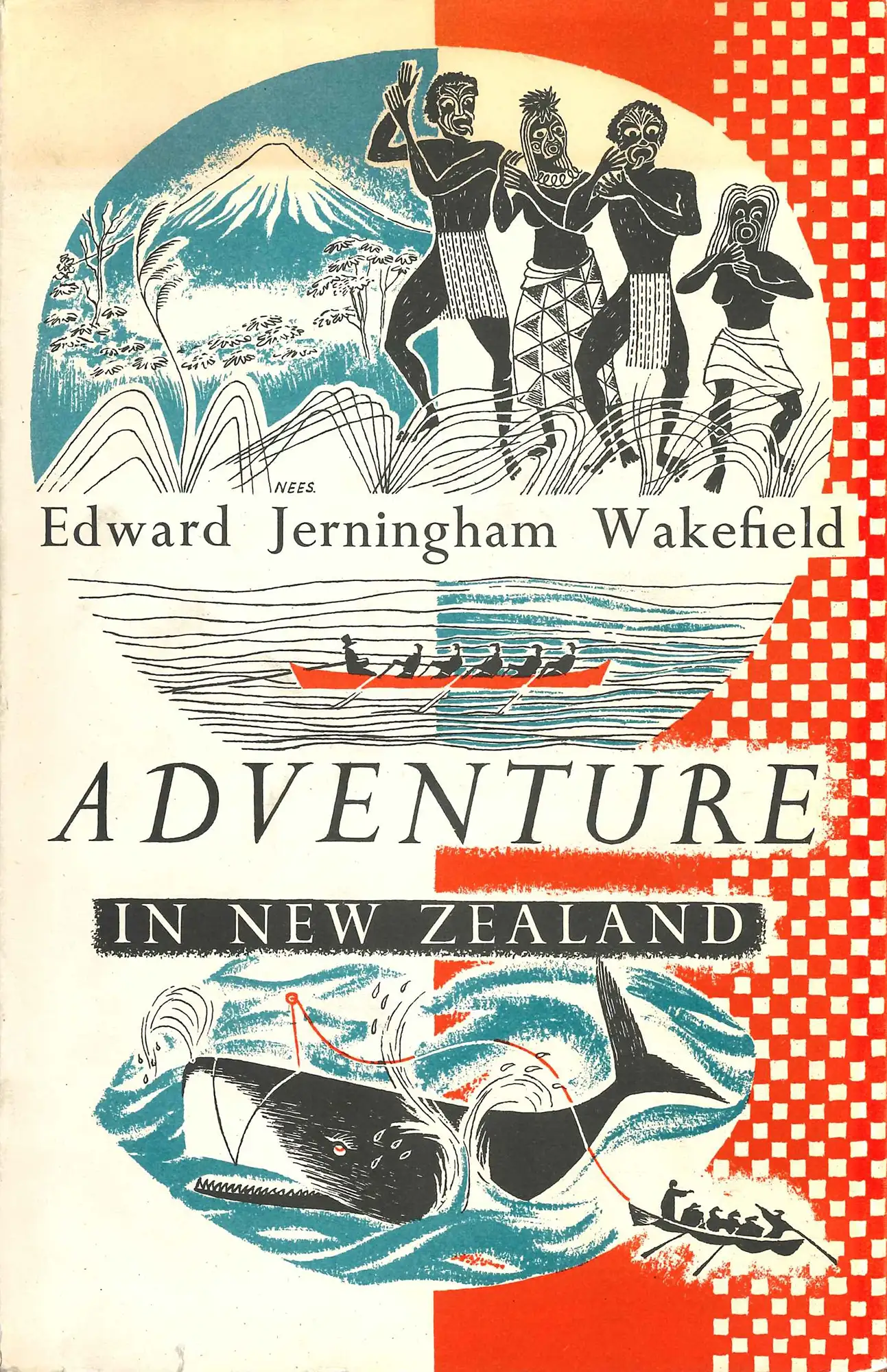
Edward Jerningham Wakefield. Adventure in New Zealand. Christchurch: Whitcombe and Tombs, 1955.
The only son of Edward Gibbon Wakefield, Edward Jerningham Wakefield (1820-1879) was a restless traveler and explorer, best remembered for his 1845 book Adventure in New Zealand, a lively narrative of English settlement which doubled as propaganda for the New Zealand Company. The jacket design of the 1955 Whitcombe and Tombs abridgement is another example of the recognizable style of Geoffrey Nees, who always aimed to serve the need of the book while exploring his own design interests.

Edward Jerningham Wakefield. Adventure in New Zealand. Christchurch: Whitcombe and Tombs, 1955.
Open image in new window
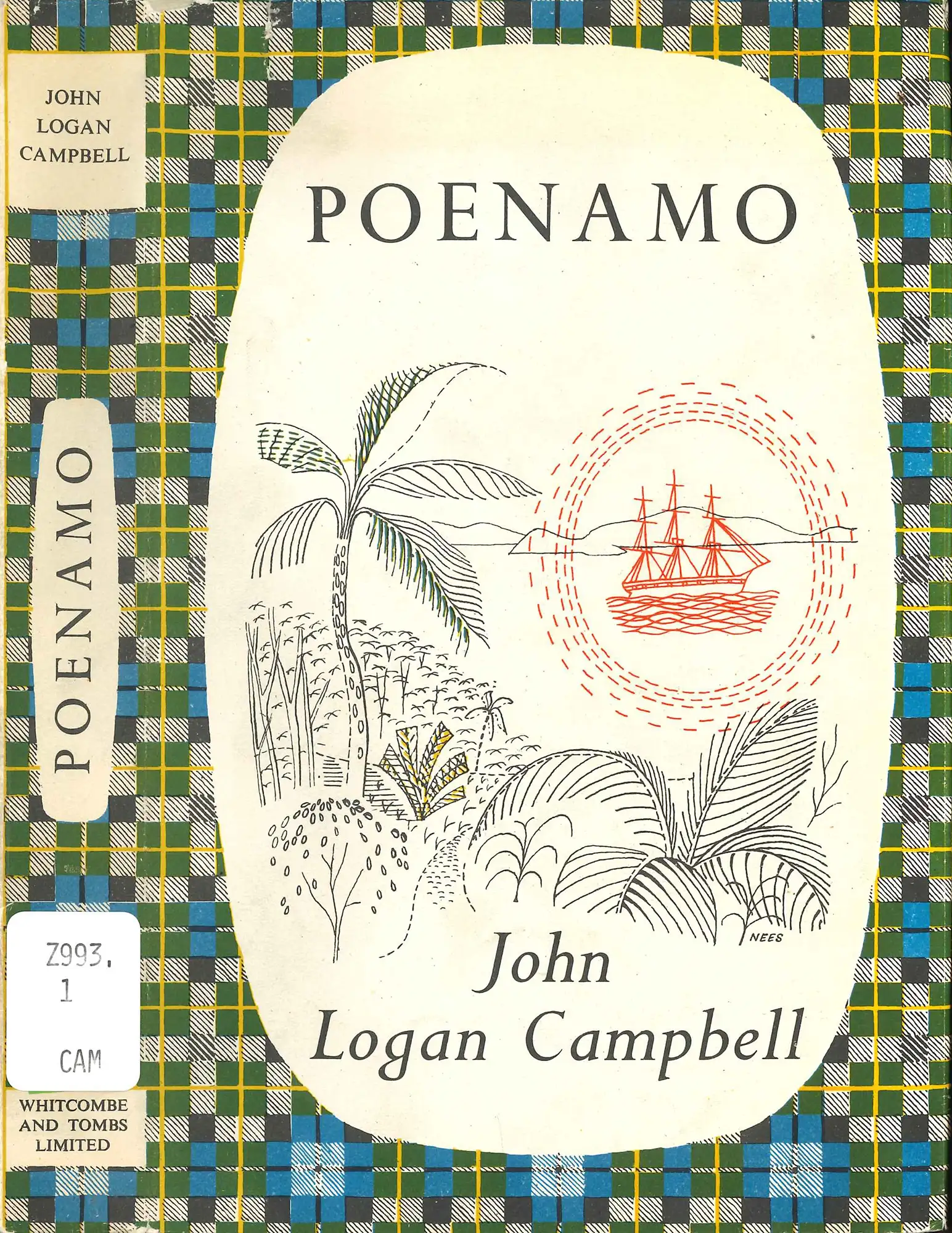
John Logan Campbell. Poenamo: sketches of the early days in New Zealand. Christchurch: Whitcombe and Tombs, 1952.
In 1952, Whitcombe and Tombs published the “New Zealand edition” of the recollections of the Edinburgh-born early Auckland settler John Logan Campbell (1817-1912), first published in London in 1881. The eye-catching jacket design is by Geoffrey Nees, whose signature technique is apparent in the landscape scenes depicted within an oval frame, set upon a bold patterned background – a tartan design hinting at the author’s origins.

John Logan Campbell. Poenamo: sketches of the early days in New Zealand. Christchurch: Whitcombe and Tombs, 1952.
Open image in new window
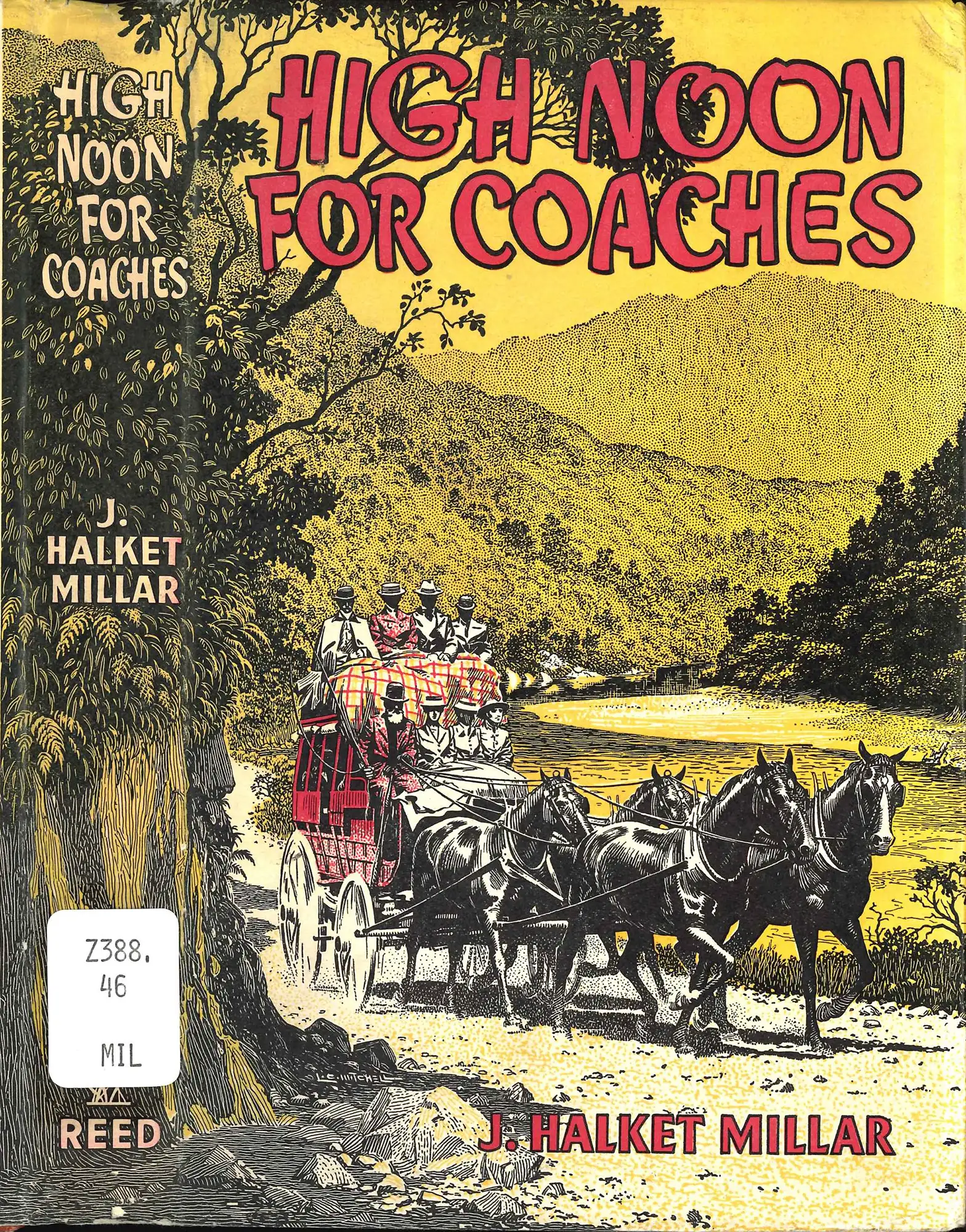
John Logan Campbell. Poenamo: sketches of the early days in New Zealand. Christchurch: Whitcombe and Tombs, 1952.
High noon for coaches tells of the pioneering English immigrants the Newman brothers who built a one-vehicle coaching enterprise into the largest motor-coach business of its kind in New Zealand. The jacket design bears the unmistakable signature of Leonard C. Mitchell (1901-1971), who has been called the father of New Zealand graphic design.

John Logan Campbell. Poenamo: sketches of the early days in New Zealand. Christchurch: Whitcombe and Tombs, 1952.
Open image in new window





